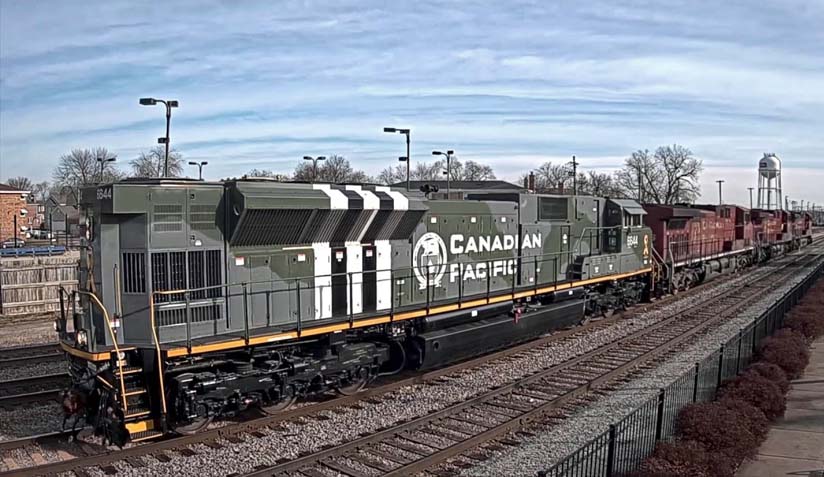
America
Illinois USA - What's the legal minimum crew size in Illinois required to transport highly toxic, flammable, and explosive hazardous
materials on freight trains over 1 mile, 100 plus cars, long?
If you guessed not even two, you're correct.
A recent federal ruling preempted a 2019 law setting a minimum crew size.
As crew size goes down, the number of freight trains on rails may soon go up.
A US$31 billion merger is on the table to combine Canadian Pacific and Kansas City Southern railroads.
If approved, this creates the only railroad linking Canada, Mexico, and the U.S.
Among nearby areas affected are Schaumburg, Glenview, Northbrook, Deerfield, Libertyville, Round Lake, and Fox Lake.
Obvious irritations are delayed travel and emergency response times caused by longer, heavier, more frequent trains, low frequency noise and vibrations,
commuter train interruptions, and air, water, and soil contamination.
More concerning, however, are dangers associated with rail cargo.
An Illinois State Emergency Response Commission attorney confirmed a list of nearly 400 hazardous materials transported by rail, all of which we can expect to
roll through our communities at some point or another.
Hazardous materials carried beside homes, schools, and work places include Bakken Crude oil, which comes within a two-mile diameter blast zone, anhydrous
ammonia, and chlorine gas that kill within a couple breaths, EtO, a known carcinogen, and spent nuclear fuel that's been compared to an X-ray machine left
on.
Rule-making discussions now center around transporting super-chilled Liquefied Natural Gas with an end date of 30 Jun 2024.
An LNG derailment and explosion with gliding fire that can't be put out would dwarf Bakken crude catastrophes.
Is it sensible to place this responsibility on the shoulders of a single overworked, underpaid, excessively fatigued engineer?
Congress has the power to legislate safer crew-sizes.
Call your U.S. congressperson and U.S. senators today and demand a minimum two-person crew.
Gerri Songer.
(there was no image with original article)
(usually because it's been seen before)
provisions in Section 29 of the Canadian
Copyright Modernization Act.
